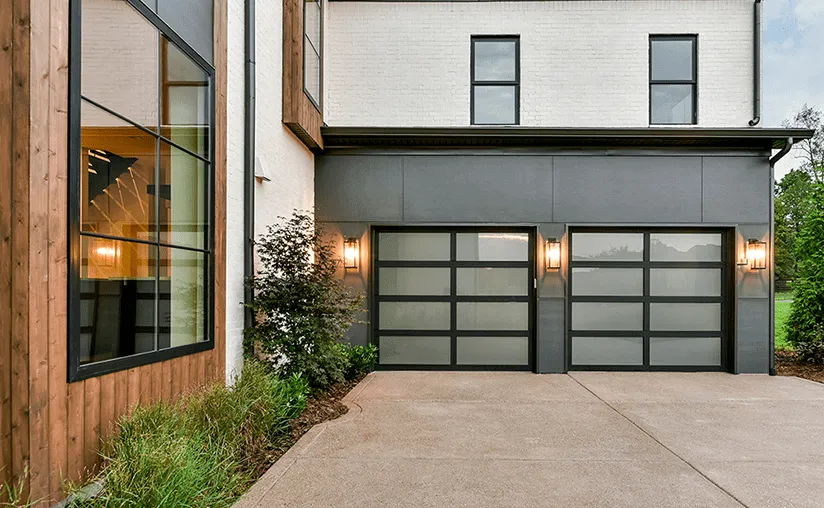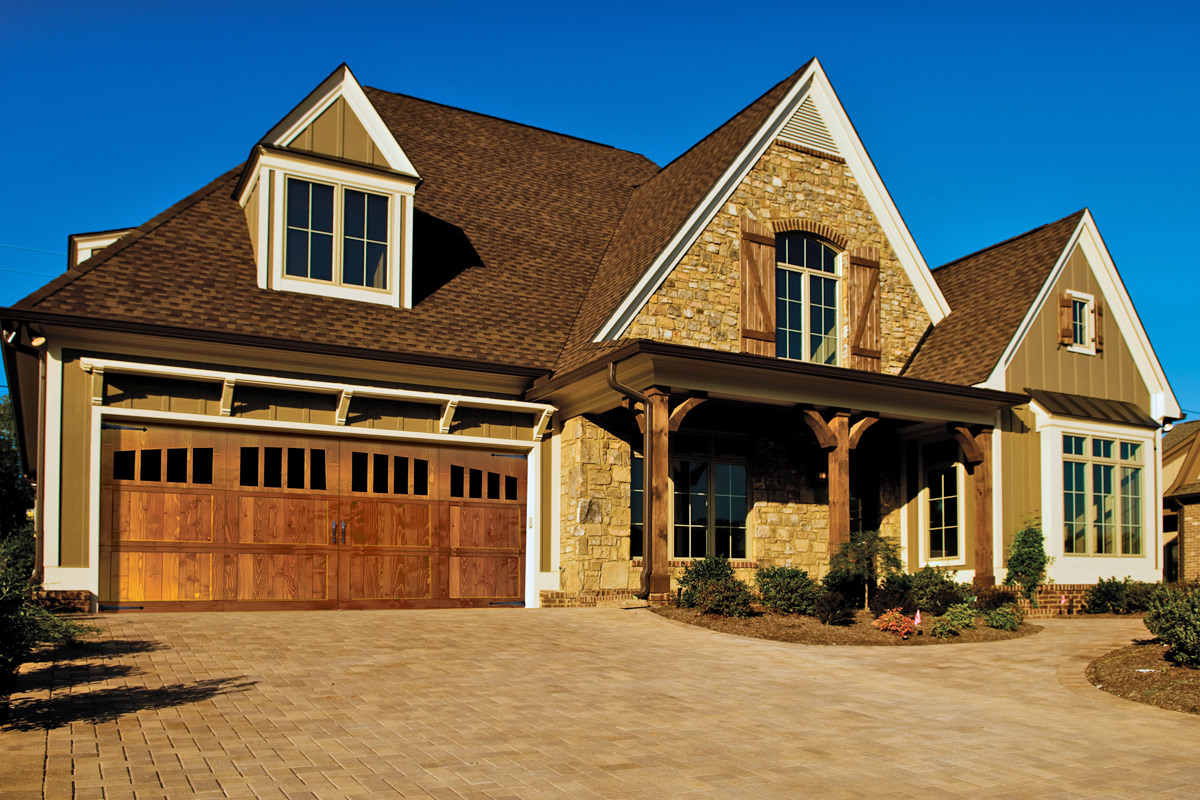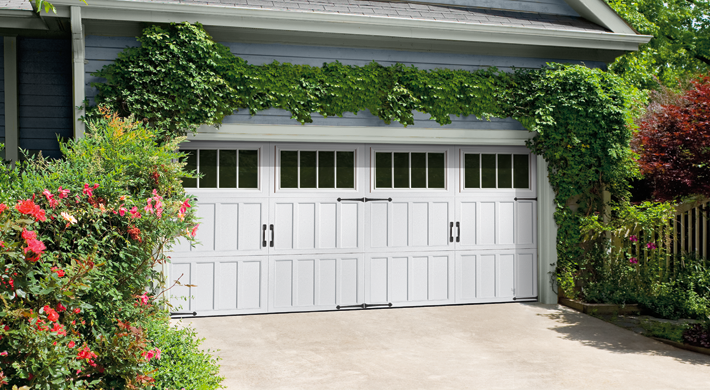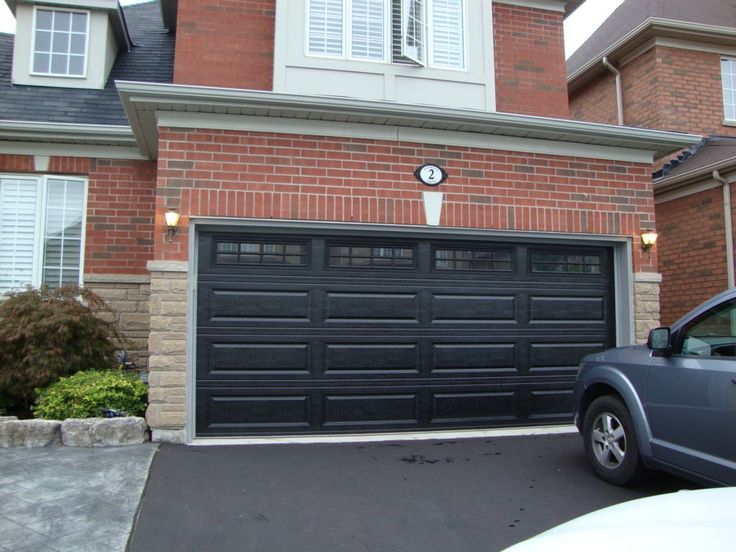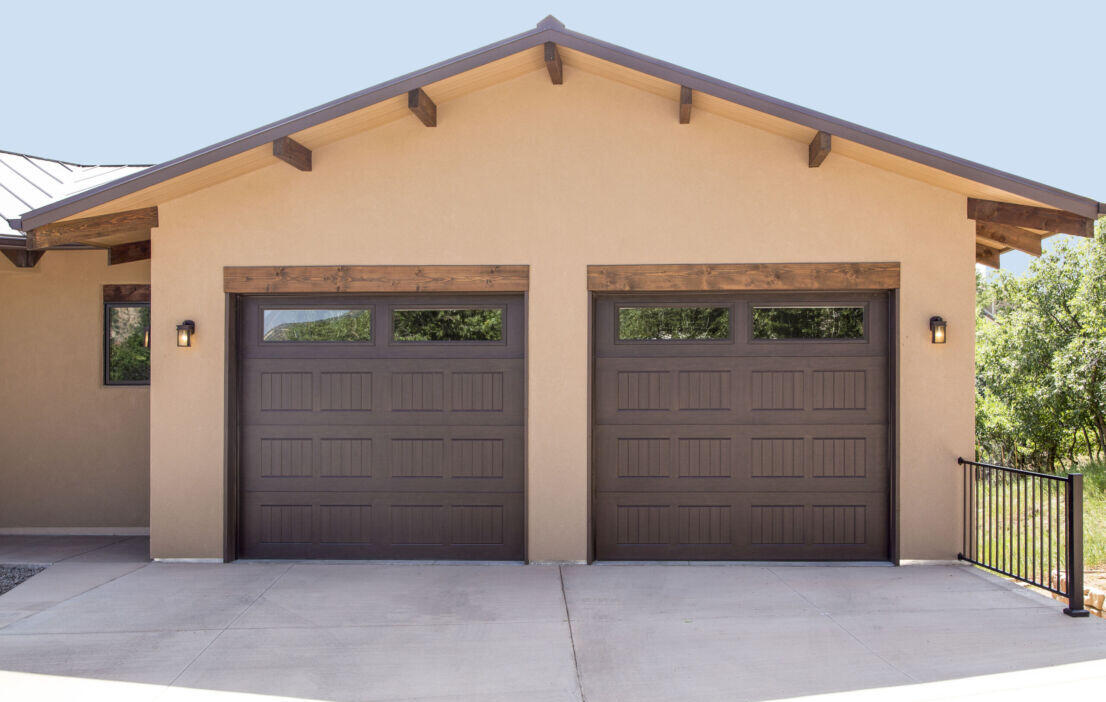Garage door opener photo eye adjustment is a crucial task for homeowners aiming to maintain safety and functionality. A properly adjusted photo eye ensures that the garage door opens and closes smoothly, preventing potential accidents and ensuring the security of your home. Understanding how to adjust the photo eye can save you from unnecessary headaches and repair costs. In this guide, we will explore everything you need to know about adjusting your garage door opener’s photo eye.

Understanding Garage Door Photo Eyes
Garage door photo eyes are small sensors located on either side of the garage door about six inches above the ground. These sensors create an invisible beam across the width of the door. If the beam is broken while the door is closing, the sensors send a signal to the opener to reverse the door’s movement, preventing it from closing on people, pets, or objects.
Importance of Proper Adjustment
Having properly aligned photo eyes is vital for the safety of your household. Misalignment can lead to the garage door not closing properly, creating security issues and potentially damaging the door or objects in its path. Regular maintenance and checks can help ensure that the photo eyes are functioning correctly, giving you peace of mind.
Identifying Misalignment
Several signs indicate that the photo eyes may be misaligned. These include the garage door reversing unexpectedly during closing, the door not opening at all, or the indicator light on the opener flashing. If you notice any of these issues, it’s time to check and adjust the photo eyes.
Steps for Adjusting Photo Eyes
Step 1: Clean the Lenses
Dust and debris can accumulate on the lenses, affecting their performance. Use a soft cloth to gently clean the lenses of each sensor.
Step 2: Check the Alignment
Ensure that the sensors are pointing directly at each other and are at the same height. Use a level to verify their alignment. Adjust the brackets holding the sensors if needed.
Step 3: Tighten the Screws
Once aligned, tighten the screws that hold the sensors in place. This will ensure that they remain aligned and do not move out of position over time.
Step 4: Test the System
After making adjustments, test the garage door to ensure it opens and closes without issues. If the problem persists, you may need to consult a professional.
Common Issues and Solutions
Interference from Sunlight
Direct sunlight can affect the sensors’ performance. If this is an issue, consider installing sun shields or relocating the sensors slightly.
Electrical Issues
Check the wiring for any signs of damage or wear. Faulty wiring can prevent the sensors from functioning correctly. If you are unsure, it’s best to call a professional.
When to Call a Professional
If after following the above steps your garage door still malfunctions, it may be time to consult a professional. Complex issues such as wiring problems or faulty sensors may require expert attention.
For more insights on common garage door issues, you can explore our detailed guide.
Regular Maintenance Tips
Regular maintenance of your garage door system can prevent many common issues. This includes cleaning the sensors, lubricating moving parts, and checking for any signs of wear and tear.
For a comprehensive guide on maintaining your garage door, visit Family Handyman’s maintenance tips.
Additional Resources
Explore more about the latest garage door trends and how technology is enhancing home security.

FAQs
What are garage door photo eyes?
Garage door photo eyes are safety sensors that prevent the door from closing on obstructions by sending a signal to reverse the door if the invisible beam they create is broken.
How do I know if the photo eyes are misaligned?
Signs of misalignment include the garage door reversing unexpectedly, not opening, or the opener’s indicator light flashing.
Can I adjust the photo eyes myself?
Yes, you can adjust them yourself by following the steps outlined above. However, if issues persist, it may be best to consult a professional.
This article contains affiliate links. We may earn a commission at no extra cost to you.





